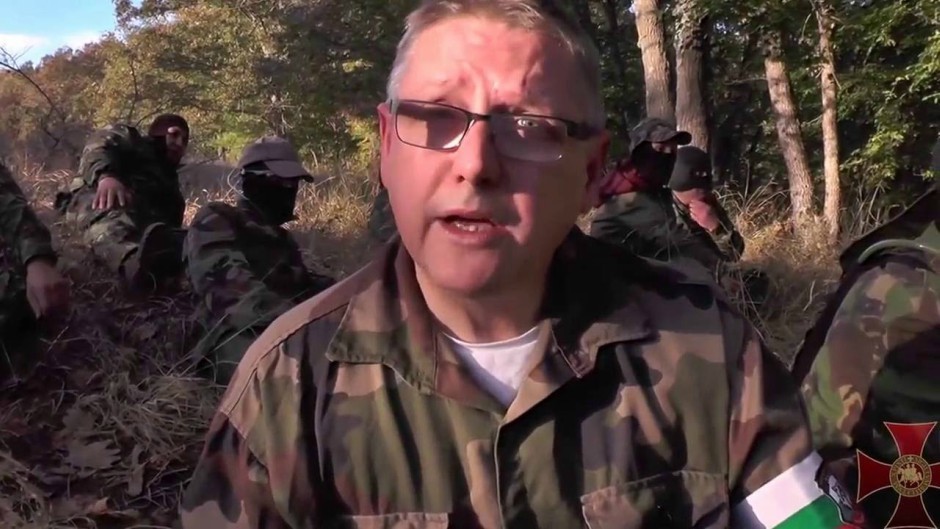
JIM DOWSON denies being involved in spreading racist or extreme views but has been described as ‘the invisible man of the UK’s far right.”
He grew up in Airdrie, North Lanarkshire where he was a member of the Orange Lodge before reportedly being asked to leave. He campaigned against abortion in Scotland before relocating to Northern Ireland and working with Loyalist groups there. It is thought he still lives there but visits Scotland regularly and travels extensively in Eastern Europe.
The 53-year-old was a prominent campaigner for the BNP and was a close friend of Nick Griffin and helped found the notorious Britain First group before leaving in 2014.
He was involved in the Belfast City Hall flag protests in 2012, and was a member of the Protestant Coalition – an Ulster loyalist political party set up in the wake of the protests.
Dowson is thought to have formed the right-wing Knights Templar International while living in Hungary, helping to train Balkan activists and self-styled ‘migrant hunters’ working at the Kosovan border.
In 2017, he was banned from entering Hungary by the country’s secret service who said he was a risk to national security.
Russian money is said to have funded the expansioin of many far right social networks in the hope, experts say, that fringe views gradually find a foothold.
In a newspaper profile of Dowson, Alina Polyakova, of the Atlantic Council, an international affairs institute, said: “These messages seep into the mainstream. They may have been extreme at one point but they have been influential in shaping people’s views about key geopolitical events in a very specific direction.”

Enjoy the convenience of having The Sunday Post delivered as a digital ePaper straight to your smartphone, tablet or computer.
Subscribe for only £5.49 a month and enjoy all the benefits of the printed paper as a digital replica.
Subscribe